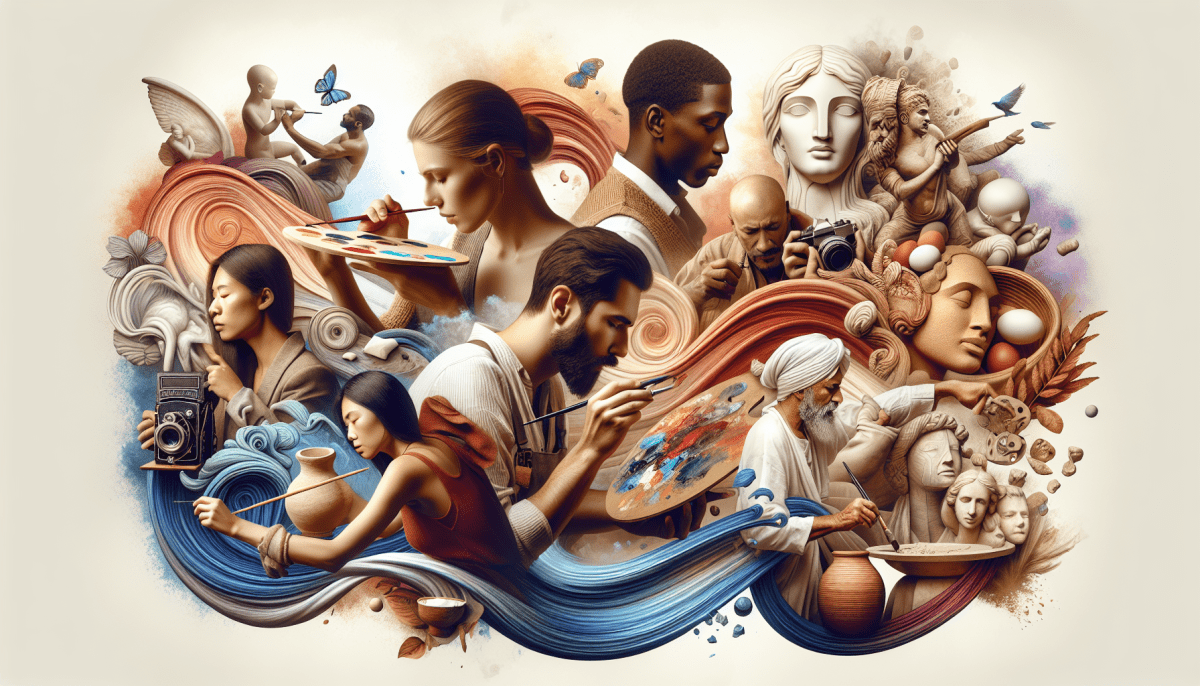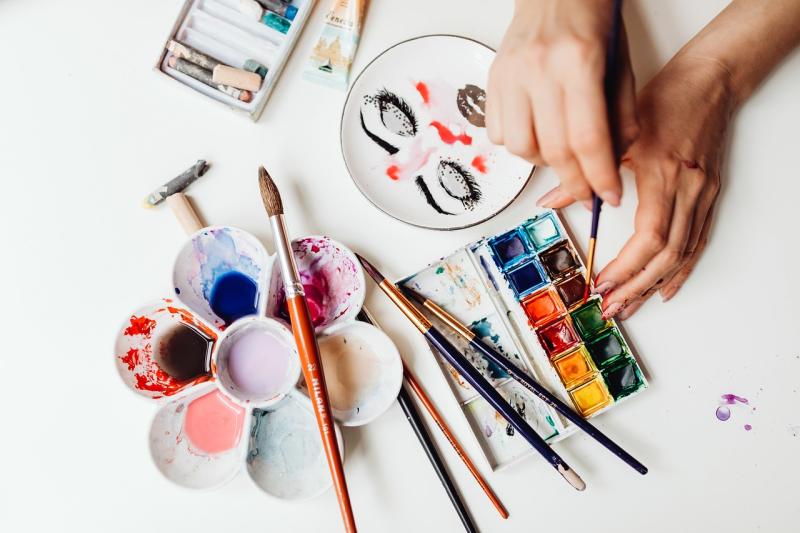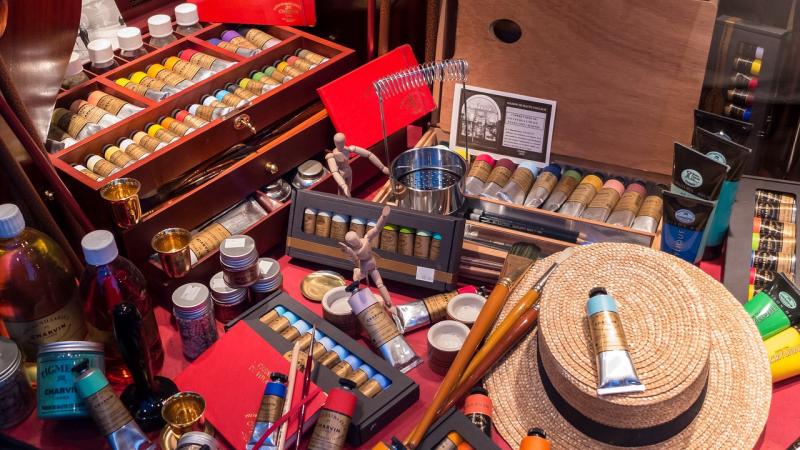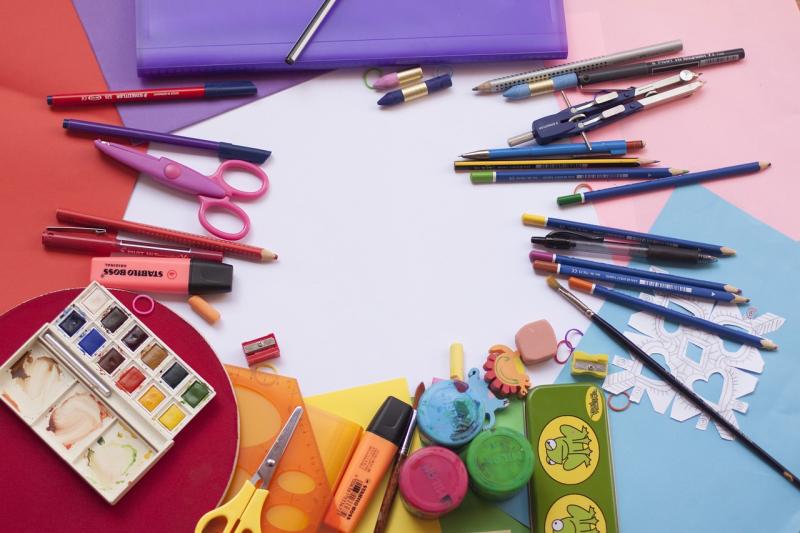Art has always been a realm of endless possibilities, and as artists seek to express themselves in unique ways, unconventional materials are becoming increasingly popular. Beyond the traditional canvas, many creators are exploring everyday objects and surprising mediums to bring their visions to life. From recycled items to natural elements, the world is full of potential materials that can add texture, depth, and intrigue to artistic expressions.
One fascinating trend is the use of found objects. Items like old rusted hardware, bits of wood, and discarded plastic can transform into stunning pieces of art. Artists such as Landfillart.org collect materials from landfills to create beautiful sculptures, highlighting the beauty in what most people consider trash. By reimagining these items, artists not only make a statement about sustainability but also offer a fresh perspective on our relationship with consumer culture.
In addition to found objects, natural materials serve as inspiration for many innovative artists. Dirt, leaves, stones, and even clay can be manipulated into striking artwork. Using organic elements not only connects the art piece to nature but also invites viewers to experience the beauty of the environment in new ways. For instance, using mud and pigment from the earth celebrates both the material and the artist’s roots, creating a raw and authentic connection.
Digital mediums are also reshaping the way we think about art. Artists are experimenting with technology through virtual reality, augmented reality, and digital collages, pushing the boundaries of traditional art forms. By incorporating pixels and code, these modern mediums convey messages and emotions that speak to contemporary issues, engaging viewers in ways that physical art often cannot. This intersection of art and technology opens up a realm of possibilities for creative exploration.
Embracing Digital Artistry in New Ways
In today's fast-paced world, digital artistry is carving out its unique space alongside traditional mediums. Embracing digital tools allows artists to break free from the limitations of canvas and paint, opening doors to innovative expressions. With an array of software and hardware designed specifically for creative endeavors, artists can explore endless possibilities and push the boundaries of their imagination.
Digital platforms provide not only versatility but also ease of experimentation. Unlike conventional methods, where mistakes can be costly and permanent, digital art encourages artists to try out different styles, techniques, and ideas without the fear of ruining a precious canvas. Programs like Adobe Photoshop and Procreate offer layers, filters, and brushes that mimic traditional materials, while allowing for the freedom to undo, redo, and manipulate visuals with a few simple clicks.
Collaboration has also entered a new realm with digital artistry. Artists can connect and share their work on platforms like Behance or ArtStation, where they can receive instant feedback and inspiration from a global audience. This interaction fosters a vibrant community where ideas flourish, enabling artists to evolve and experiment in ways that were not possible before.
Moreover, the rise of augmented reality (AR) and virtual reality (VR) technologies is taking digital artistry to new heights. These immersive experiences allow artists to create engaging environments that viewers can explore. By merging digital art with real-world experiences, artists are not just creating images, but entire worlds that invite participation and interaction from their audience.
Understanding the Power of Mixed Media
Mixed media art is an exciting way to step outside the boundaries of traditional creativity. Unlike working strictly with paint on canvas, mixed media allows artists to combine various materials and techniques into a single piece. This approach not only adds depth and texture but also encourages artists to explore their imagination without limits. From paper and fabric to found objects and digital elements, the possibilities are endless.
One of the most appealing aspects of mixed media is its versatility. Artists can use paint, ink, collage, photography, and even three-dimensional materials in their work. By layering these diverse elements, they create a rich tapestry of color and form that captures the viewer's attention. For example, an artist might start with a painted background and then add photographs or snippets of text to deepen the narrative or emotional impact of the artwork.
Engaging with mixed media also opens up a dialogue between different artistic practices. An artist can draw inspiration from sculpture, photography, or even literature, transforming those influences into a cohesive piece. This blending of disciplines allows for a more holistic creative experience, where ideas can flow freely and evolve organically. Furthermore, this experimental approach encourages artists to take risks, leading to innovative results that might not be achievable through a single medium.
In addition to its creative benefits, mixed media art can be deeply personal. Many artists incorporate materials that hold special meaning or memories, making the artwork a reflection of their experiences. This sense of individuality invites viewers into the artist’s world, sparking connections through shared emotions or ideas. As more artists embrace mixed media, audiences are treated to a diverse array of stories and interpretations, enriching the art experience for everyone involved.
Finding Inspiration in Everyday Objects
Finding inspiration can sometimes feel like a daunting task, especially when trying to break free from traditional forms of expression like painting on canvas. However, everyday objects around us can spark incredible creativity. For instance, consider the textures and colors of a simple piece of fruit. The vibrant hues of an apple or the unique ridges of a pineapple can inspire a new art piece, inviting you to explore the organic shapes and contrasting colors that nature provides.
Another source of inspiration lies in discarded materials. Old newspapers, bottles, or even packaging can transform into a canvas for your creativity. Collage art is a fantastic way to rethink materials and give new life to items that might otherwise end up in the trash. This approach not only promotes sustainability but also challenges you to see beauty in the ordinary and overlooked. Each crumple or tear tells a story waiting to be uncovered.
Additionally, consider the influence of light and shadow in your surroundings. A simple glass jar placed on a windowsill can cast beautiful reflections and patterns when illuminated by sunlight. This interplay can inspire an exploration of photography or even sculptural forms that mimic these natural effects. Engaging with light can lead to stunning visual art that goes beyond what is created on a typical canvas.
These everyday inspirations remind us that creativity is not confined to traditional art supplies. By embracing the world around us, we open ourselves to a wealth of ideas and techniques that can expand our artistic horizons. So, keep your eyes open and let the mundane become extraordinary, as each object carries a potential spark of innovation waiting to be ignited.



